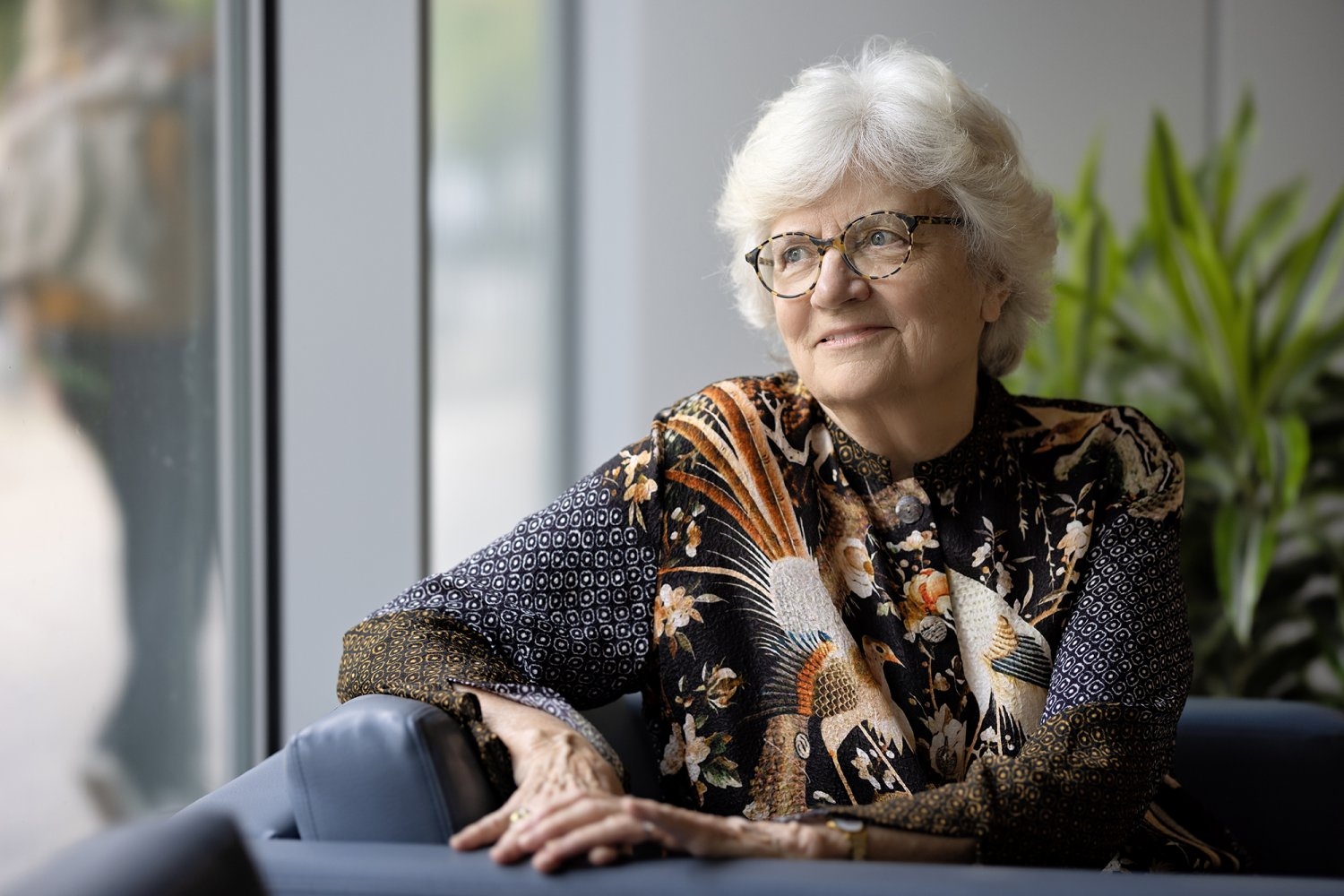Institute Archives spotlights pioneering women at MIT | MIT News
Initiative is building collections highlighting the contributions of female faculty.
A new MIT Libraries initiative aims to highlight MIT’s women faculty by acquiring, preserving, and making accessible their personal archives. The Institute Archives and Special Collections (IASC) launched the project last year with the generous support of Barbara Ostrom ’78 and Shirley Sontheimer.
The first year of the project has focused on reaching out to faculty who are ending the active phase of their careers. Four faculty members added their personal collections, comprising 234 boxes and 50 gigabytes of material. They are:
A donation of the papers of Mildred Dresselhaus, late Institute Professor emerita of electrical engineering and computer science and physics, is also forthcoming. Dresselhaus, whose work paved the way for much of today’s carbon-based nanotechnology, was also known for promoting opportunities for women in science and engineering. Discussions with additional faculty are also underway.
“We are honored to be stewards of these personal archives that have been given to MIT,” says Liz Andrews, project archivist. “We’re committed to preserving and making accessible these unique materials so they can be shared with the world into the future.”
Acquisitions of MIT administrative records provide additional context to the personal archives and a broader view on issues of gender equity and the challenges faced by women in academia. In the next phase of the project, archivists will continue to manage donations, prepare collections for use, and enlarge this core group by reaching out to female faculty who were tenured in the 1960s, '70s, and '80s.
Ultimately, the collections will provide not only rich resources for researchers, journalists, teachers, and students, but also, as Sontheimer says, inspiration for generations of women to come. “I’m hoping the project will encourage more women to become engaged in science, technology, and engineering,” she says.
Reprinted with permission of MIT News
